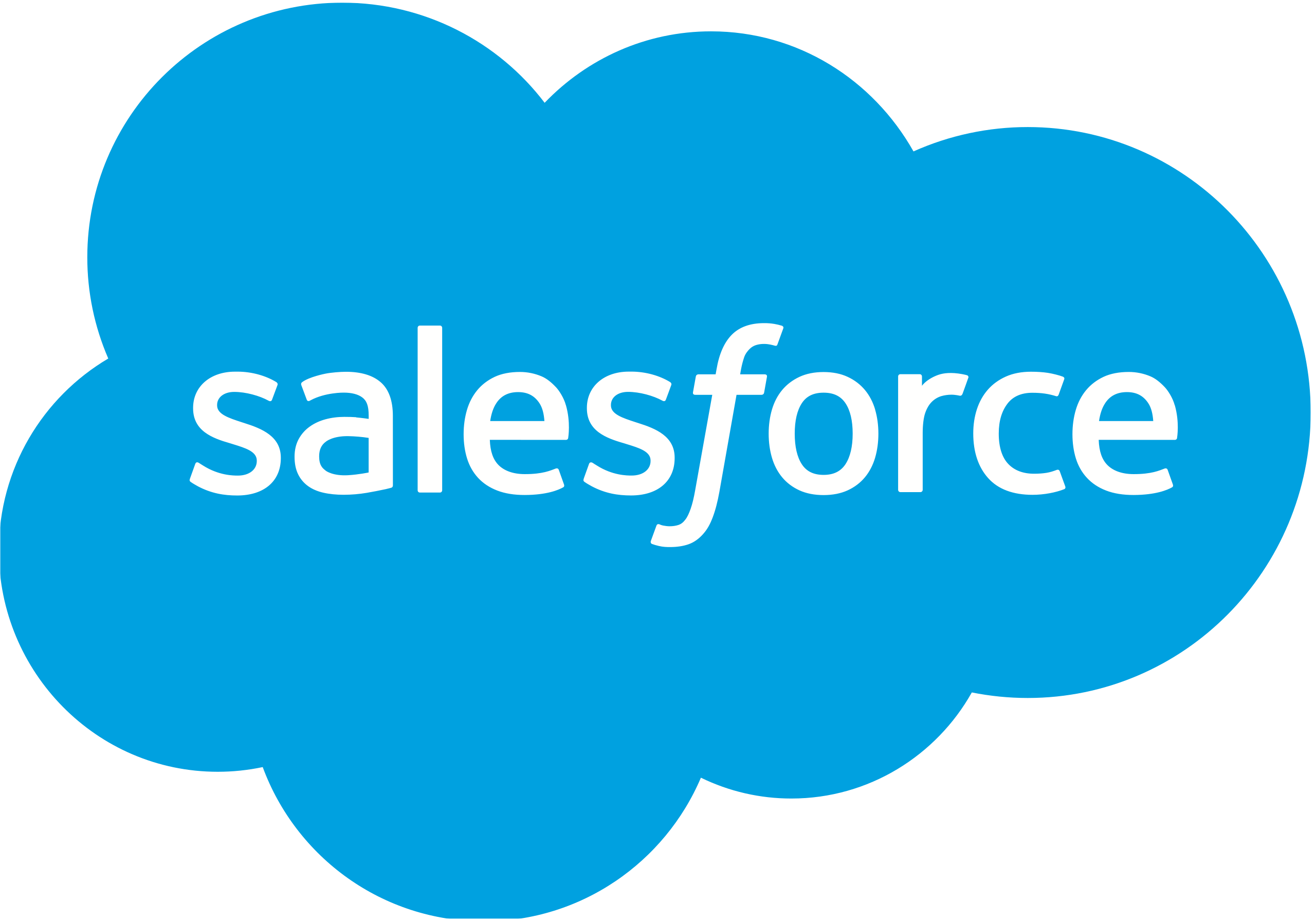Deal Stage Analysis: Optimize Your Sales Pipeline

Published on: October 01, 2024
Deal Stage Analysis is a critical process in sales operations that involves examining the progression of opportunities through various stages of the sales pipeline. This analytical approach helps sales teams and managers gain valuable insights into the effectiveness of their sales process, identify bottlenecks, and optimize conversion rates at each stage. For more insights, read about deal profitability analysis.
🔍 Understanding Deal Stage Analysis
Deal Stage Analysis involves breaking down the sales pipeline into distinct stages and evaluating key metrics at each stage. These stages typically include:
- Prospecting
- Qualification
- Needs Assessment
- Proposal/Quotation
- Negotiation
- Closing
By analyzing these stages, sales teams can:
- Identify bottlenecks in the sales process
- Determine conversion rates between stages
- Assess the time spent in each stage
- Forecast sales more accurately
- Allocate resources effectively
📊 Key Metrics in Deal Stage Analysis
To conduct an effective Deal Stage Analysis, sales operations teams focus on several key metrics:
| Metric | Description |
|---|---|
| Conversion Rate | Percentage of deals that move from one stage to the next |
| Average Time in Stage | The average duration a deal spends in each stage |
| Win Rate | Percentage of deals that result in a successful close |
| Deal Velocity | The speed at which deals move through the pipeline |
💡 Benefits of Deal Stage Analysis
Implementing Deal Stage Analysis offers numerous advantages for sales teams and organizations:
- Improved Forecasting: By understanding the progression of deals through stages, sales managers can make more accurate revenue predictions.
- Optimized Sales Process: Identifying bottlenecks allows teams to streamline their sales process and improve overall efficiency.
- Enhanced Resource Allocation: Knowing where deals tend to stall helps in allocating resources more effectively to move opportunities forward.
- Personalized Coaching: Managers can provide targeted coaching to sales reps based on their performance at specific stages.
- Data-Driven Decision Making: Deal Stage Analysis provides concrete data to support strategic decisions in sales operations.
🚀 Implementing Deal Stage Analysis
To effectively implement Deal Stage Analysis in your sales operations:
- Clearly define each stage in your sales pipeline
- Ensure consistent use of CRM systems to track deal progress
- Regularly review and analyze stage-specific metrics
- Use visualization tools to represent data and identify trends
- Conduct regular team meetings to discuss insights and action plans
🧮 Deal Stage Analysis Formula
A common formula used in Deal Stage Analysis is the Stage-to-Stage Conversion Rate:
\[ \text{Conversion Rate} = \frac{\text{Number of Deals that Progressed to Next Stage}}{\text{Total Number of Deals in Current Stage}} \times 100\% \]
❓ Common Challenges in Deal Stage Analysis
While Deal Stage Analysis is invaluable, it comes with its own set of challenges:
- Ensuring data accuracy and consistency across the sales team
- Balancing the need for detailed analysis with the risk of over-complicating the sales process
- Adapting analysis to different sales cycles and industries
- Interpreting data correctly to avoid misguided decisions
By addressing these challenges head-on, sales operations teams can maximize the benefits of Deal Stage Analysis and drive significant improvements in their sales performance.
🤔 Questions to Consider
As you implement Deal Stage Analysis in your sales or marketing stack, ask yourself:
- How well-defined are our current sales stages?
- Are we consistently tracking deal progression in our CRM?
- Which stages have the lowest conversion rates, and why?
- How can we use Deal Stage Analysis to improve our sales forecasting?
- What additional training or resources do our sales reps need to improve performance at critical stages?
















